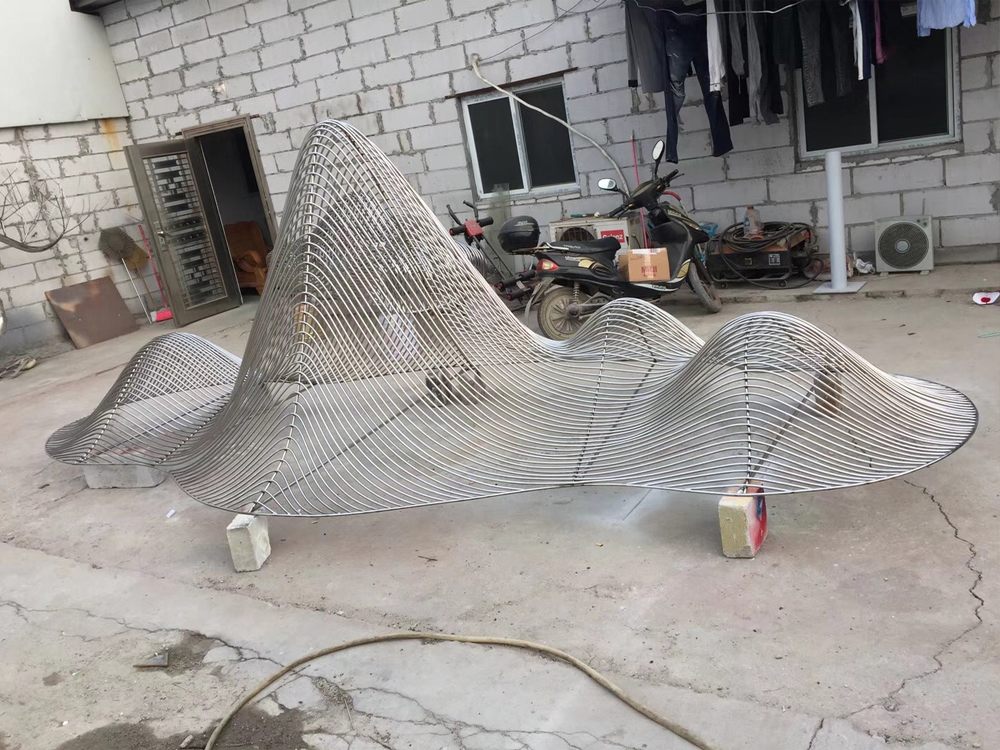
Artists often employ contrasting material hardness in metal sculptures to evoke visual and tactile intrigue, transforming static pieces into dynamic experiences. By combining metals like polished stainless steel with rough, oxidized iron, they create striking juxtapositions that draw the eye and invite touch. The interplay between soft, malleable copper and rigid, unyielding titanium, for example, highlights the unique properties of each material while emphasizing form and texture.
Techniques such as hammering, etching, or patination further amplify these contrasts. A smooth, reflective surface next to a pitted, weathered one not only enhances visual depth but also encourages viewers to engage physically with the artwork. This deliberate use of hardness contrast can symbolize themes of resilience, fragility, or harmony, adding layers of meaning to the sculpture.
Ultimately, the mastery of material hardness allows artists to manipulate light, shadow, and texture, turning metal into a medium that speaks to both sight and touch.

